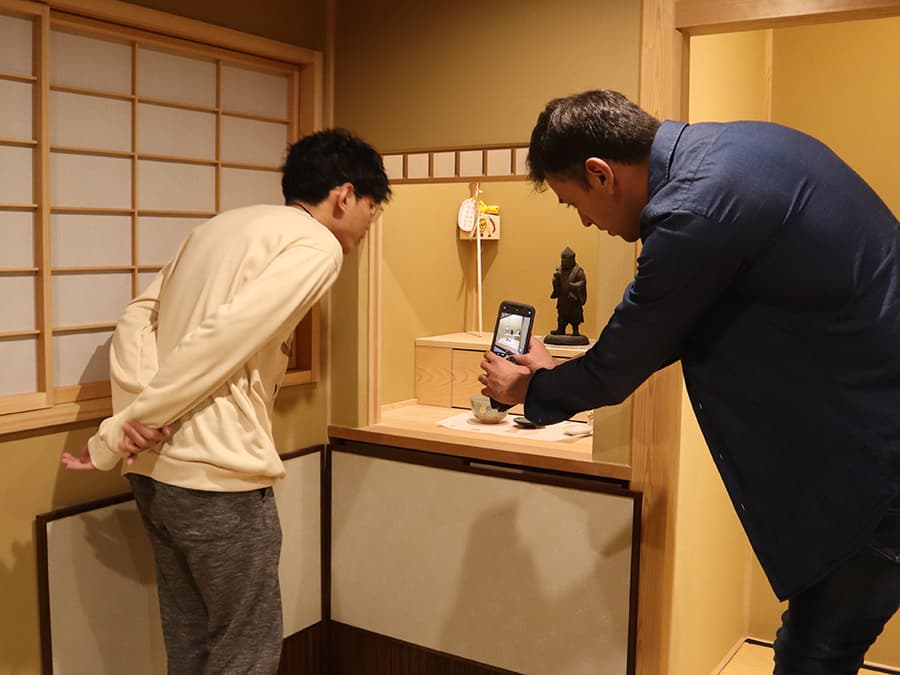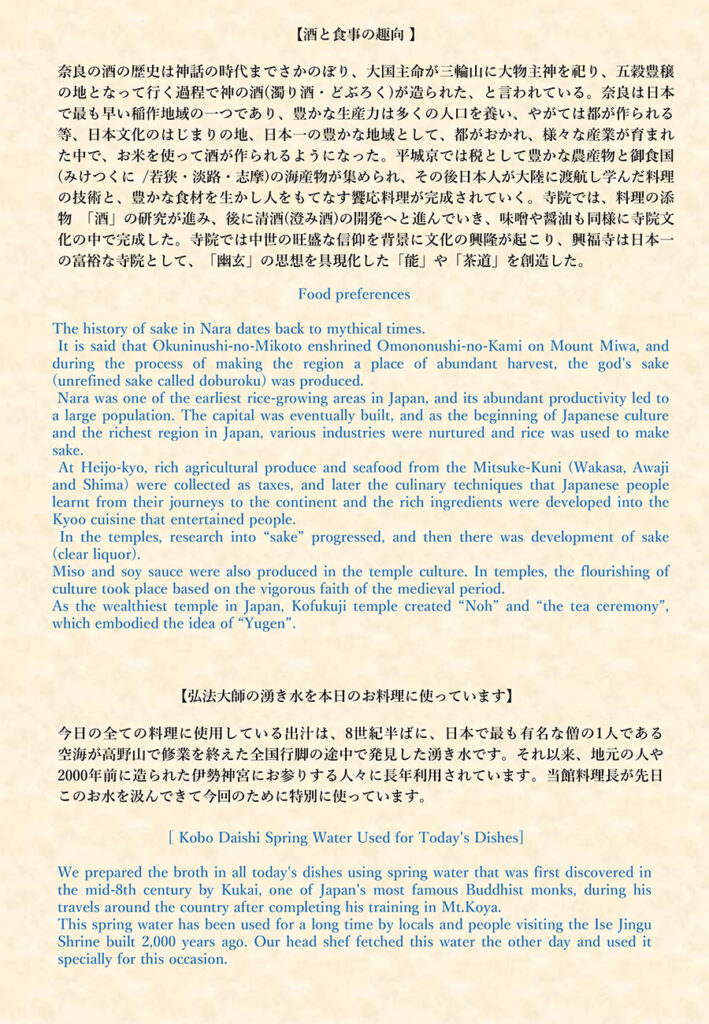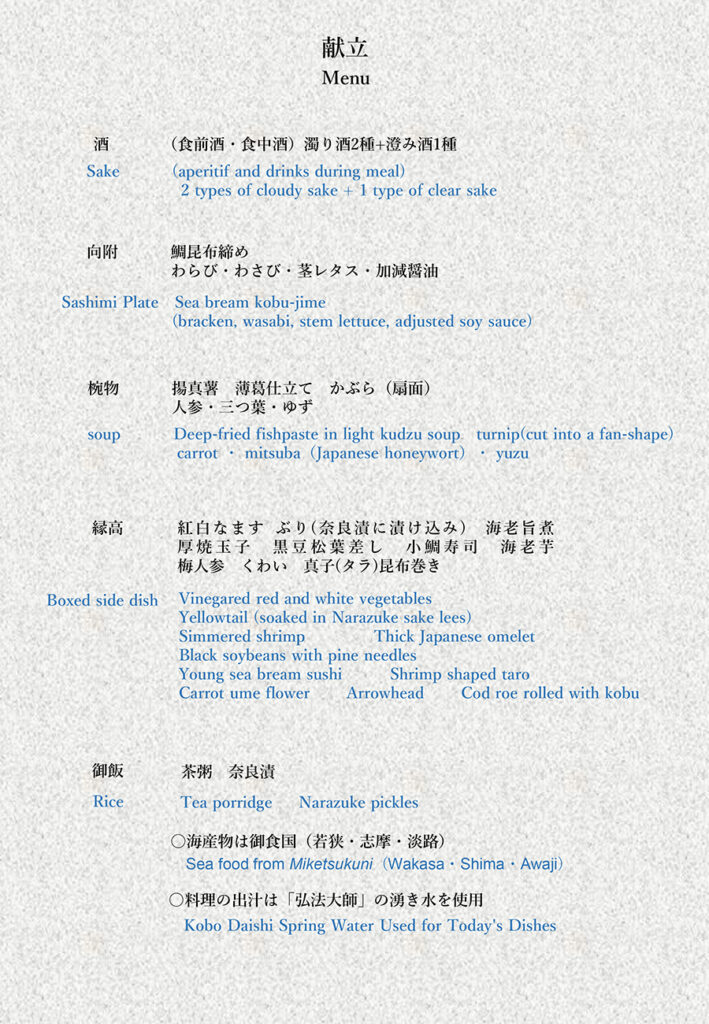Authentic tea ceremony and tea kaiseki experience

New Year's Japanese food with Cloudy sake and Sumizake(Sake)
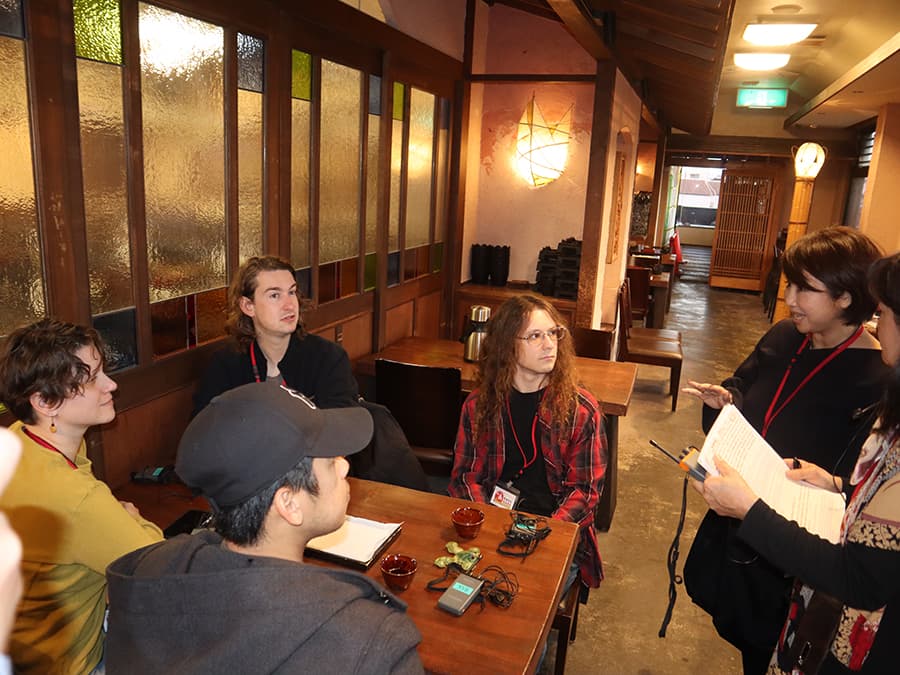
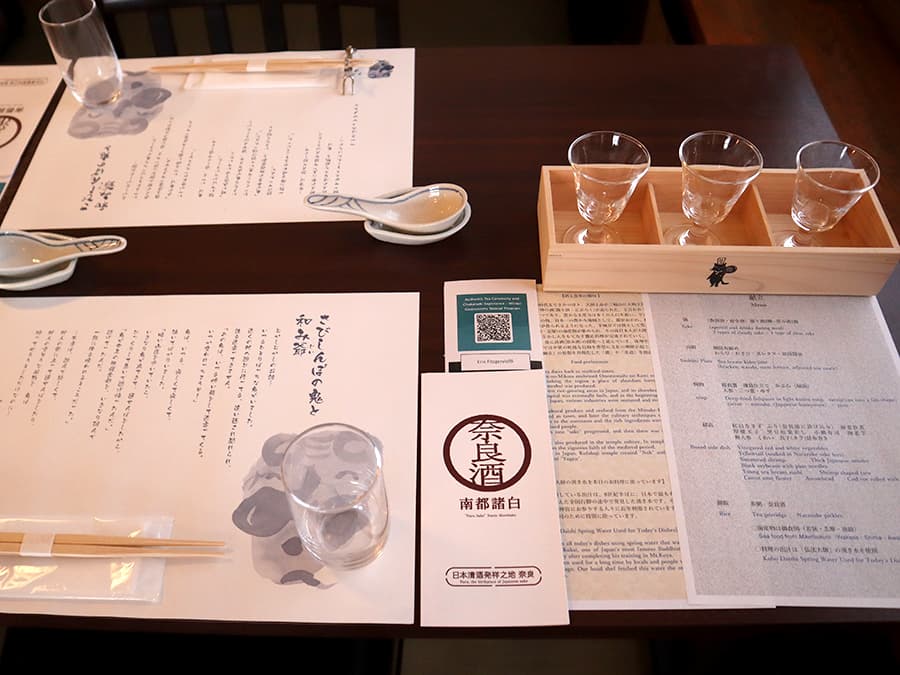
Six types of sake were selected and prepared, ranging from cloudy sake to clear sake.Sake was originally an offering to the gods, and from Nara’s Omiwa Shrine’s divine sake, “Nigorizake(cloudy sake)”, technological innovations led to the creation of “Sumi zake(clear sake) =Japanese Sake” at Shoraku-ji Temple during the Muromachi period, which has continued to the present day. We want you to enjoy all of this together with your food.
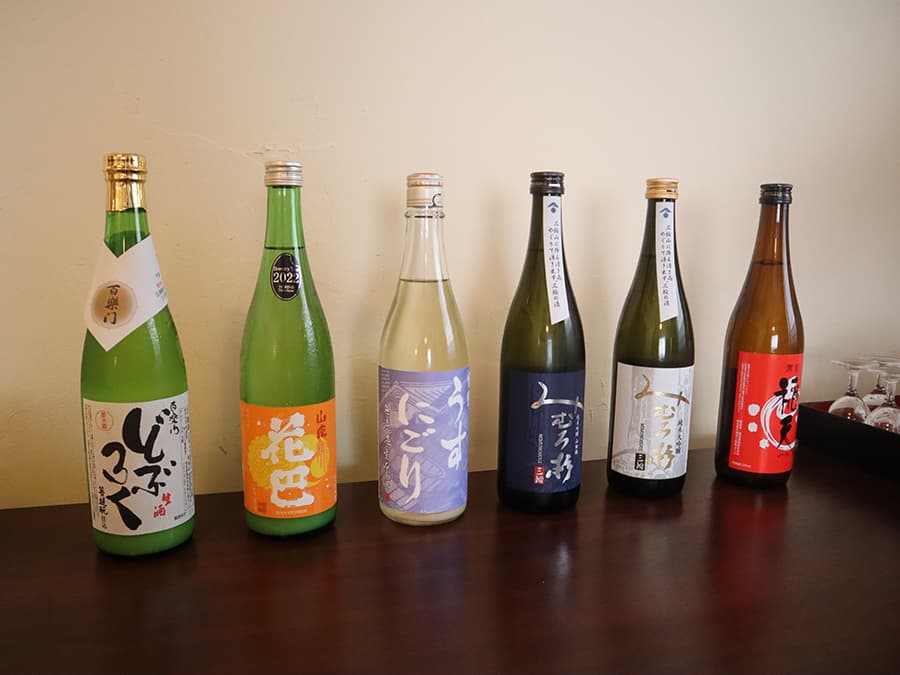
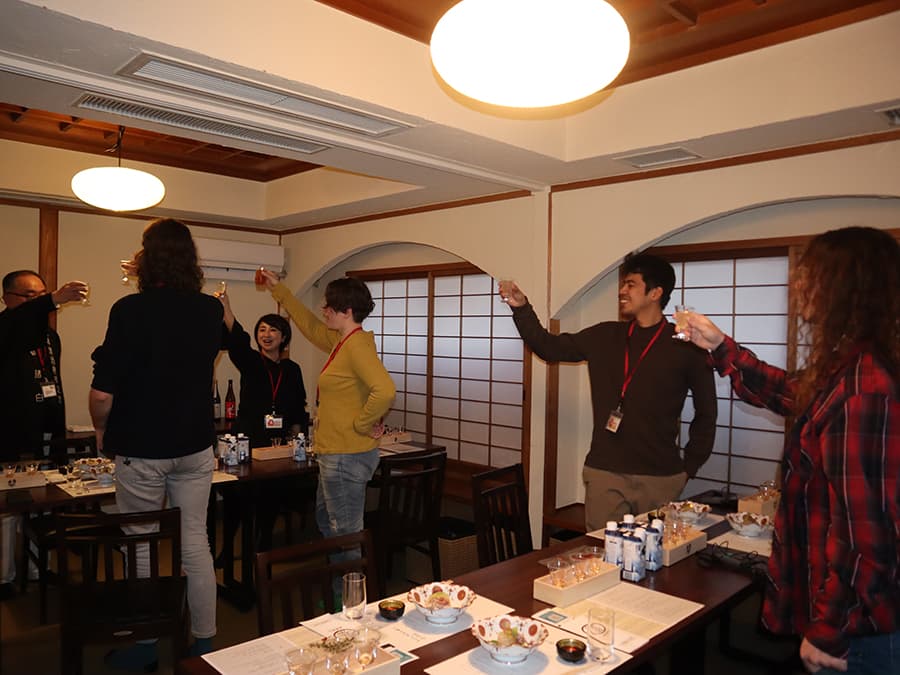
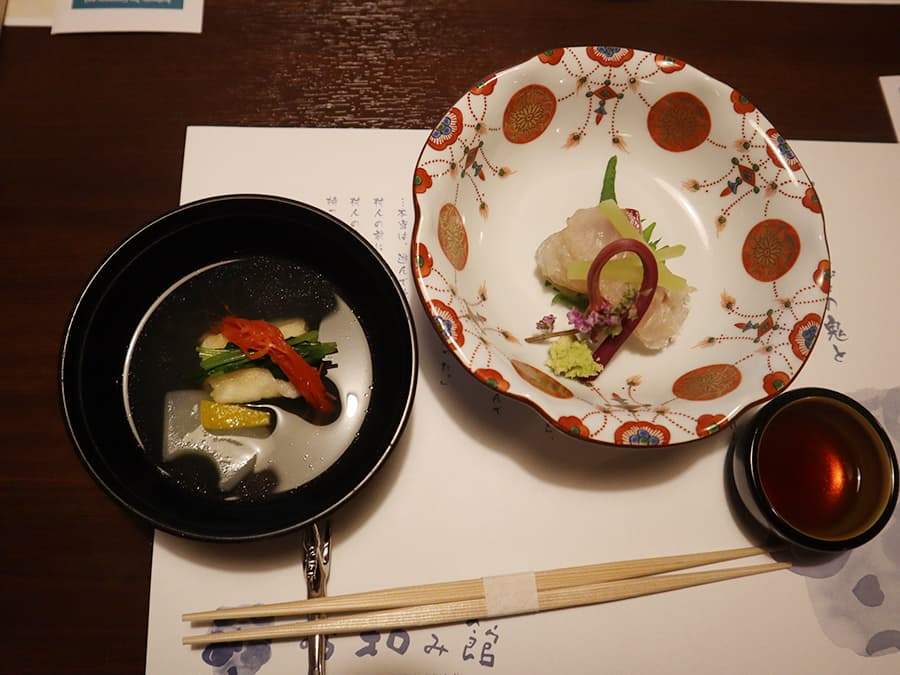
Assortment of 10 kinds of New Year's celebratory dishes in an elegant setting
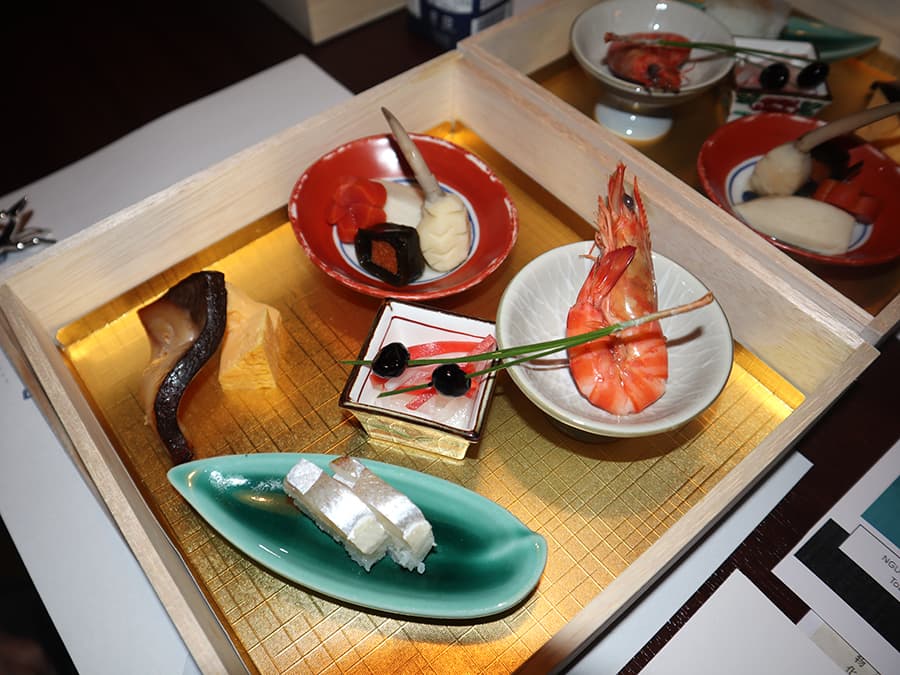
Finish off the meal with Nara's local food "Chagayu"
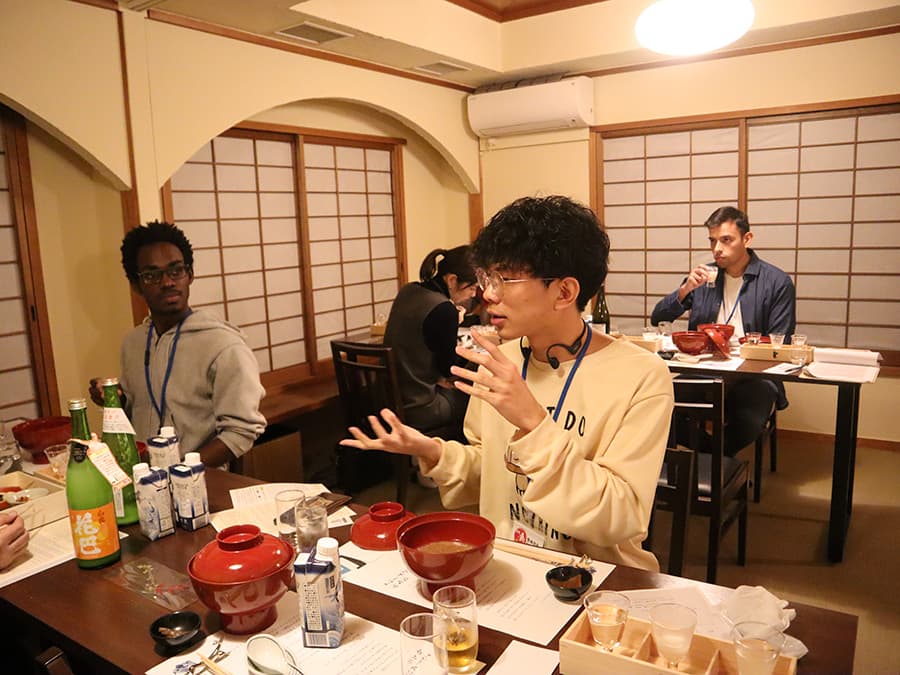
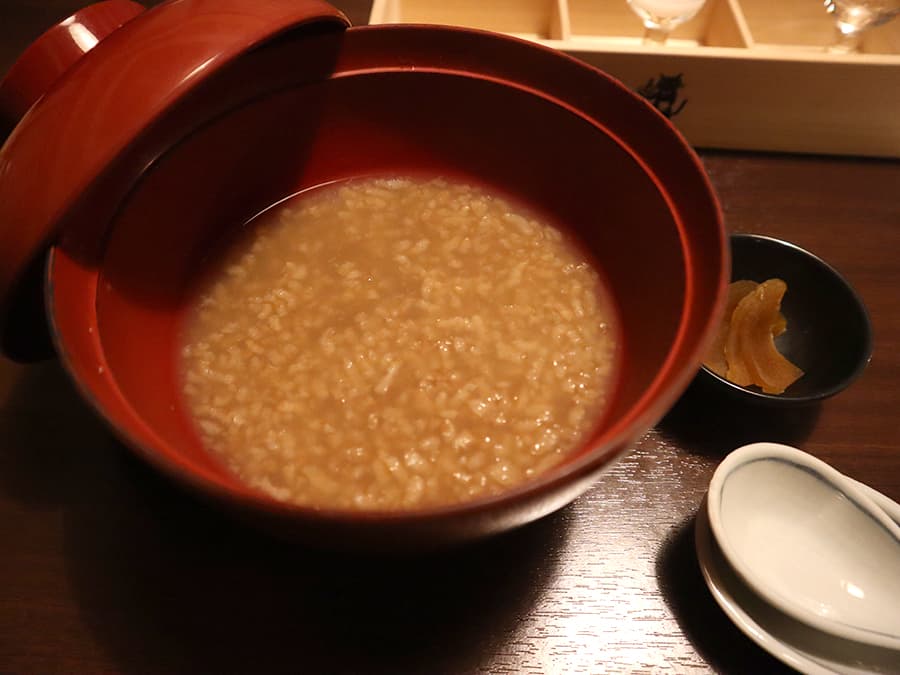
An experience to enjoy a light tea ceremony in a relaxed manner
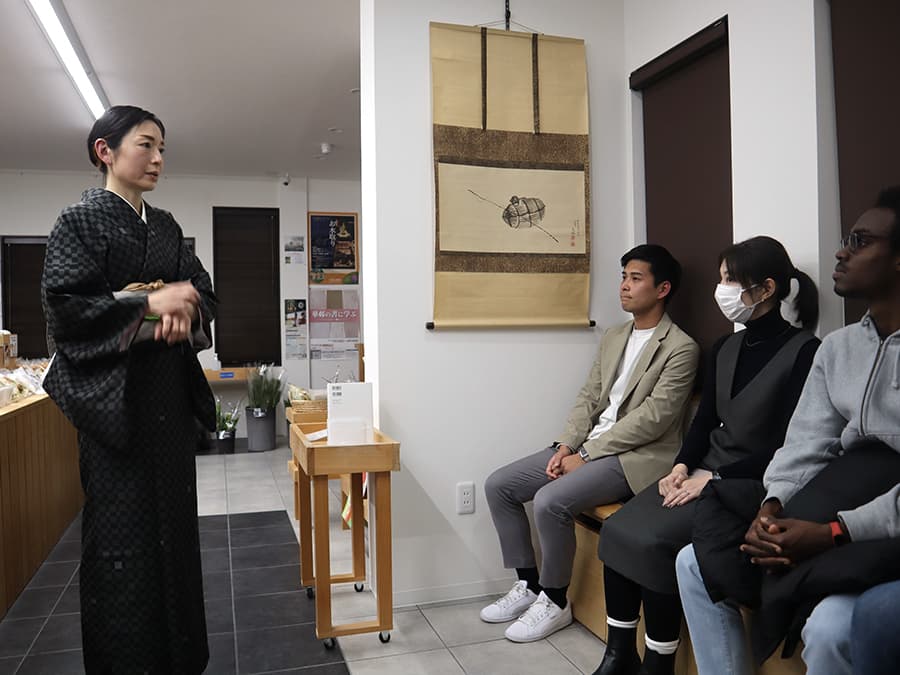

Experience a tea ceremony in a tea ceremony room with a fireplace
“By the way, everyone, you all enjoyed the sashimi at the tea kaiseki earlier, right? Because matcha is a medicine (antibacterial), you can also serve raw food at the tea kaiseki.No one of my fellow tea masters contracted the coronavirus,” said the host.
“Today, I will make matcha, which is highly rated in Japan. It’s Yame tea, which appears in ‘Ode to the Gods’.”He talked about tea and utensils in a friendly manner, which eased everyone’s nervousness.
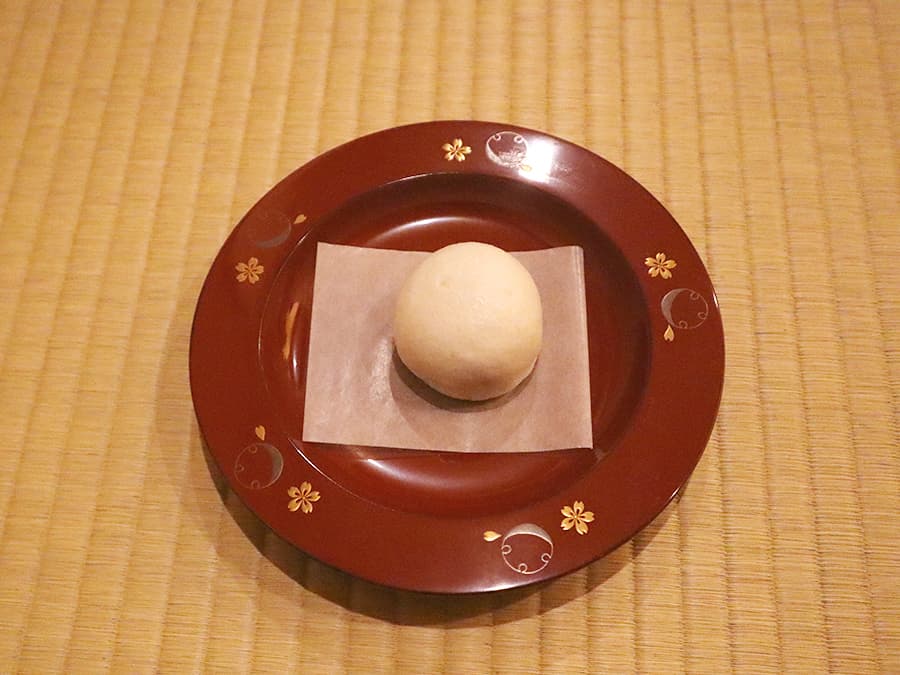
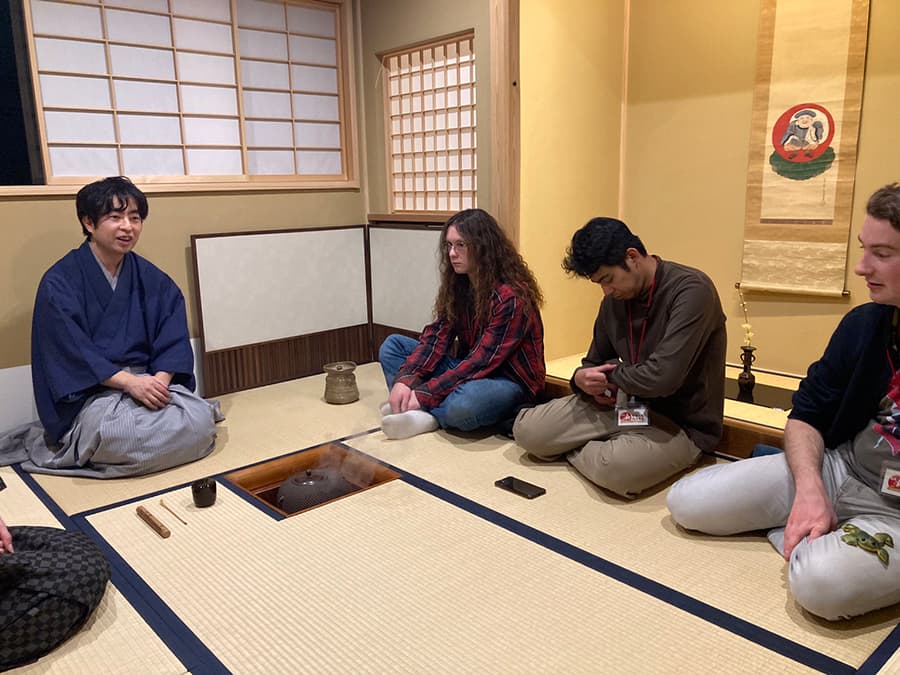
Mr. Fujimaru said that he enjoys planning tea parties that tell a story, based on the philosophy that “the taste of a tea party trumps the rules,” and that he collects utensils that are in line with that.
He generously showed us the 400-year-old tea containers and tea scoops, saying, “These are tools that can only be used and touched.”
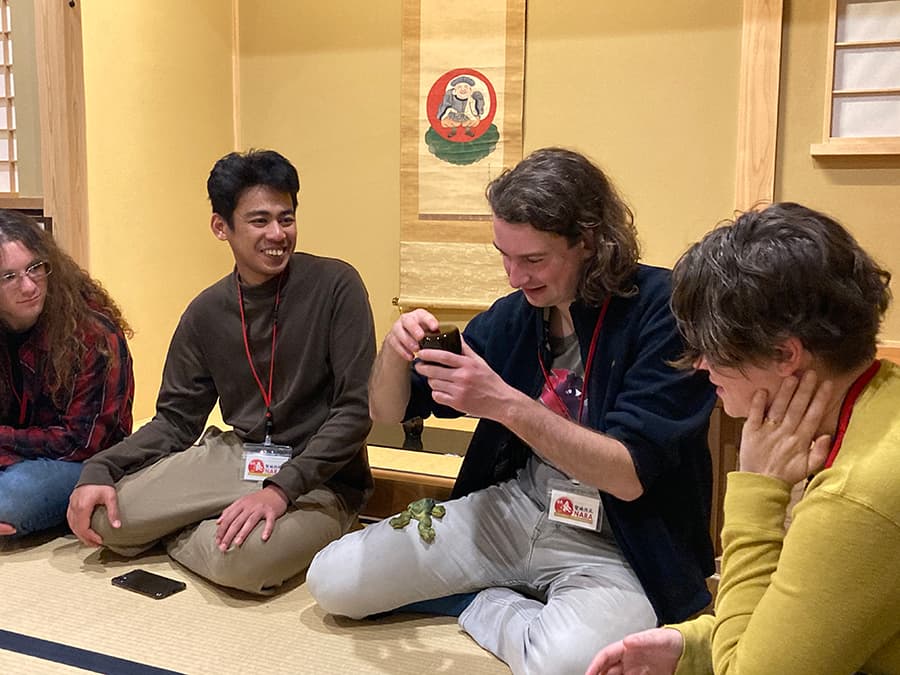
Carefully explain customer questions
Bring home the excitement of experiencing a part of tea ceremony culture

